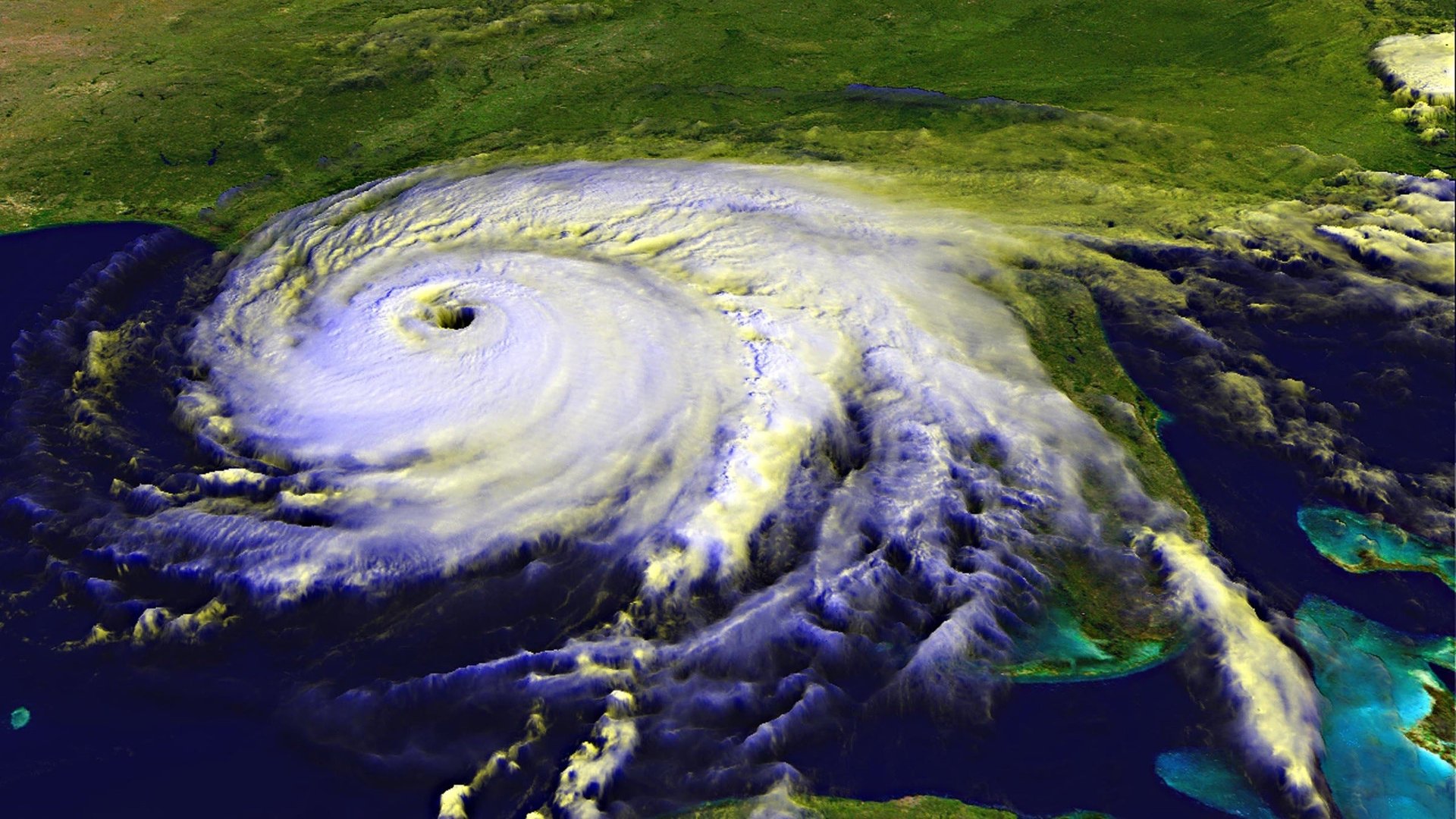Hurricanes are intensifying, but they kill far fewer people than they used to
As tropical storm (formerly hurricane) Harvey moves away from Texas, the scale of its impact is becoming clearer. So far, authorities have reported at least 30 deaths and tens of billions of dollars in damage. Given that Harvey has set new US records for rainfall during a hurricane, these casualty and cost figures may well rise.


As tropical storm (formerly hurricane) Harvey moves away from Texas, the scale of its impact is becoming clearer. So far, authorities have reported at least 30 deaths and tens of billions of dollars in damage. Given that Harvey has set new US records for rainfall during a hurricane, these casualty and cost figures may well rise.
Though it’s not possible to say that climate change caused Harvey directly, scientists are quite sure that human-induced warming of the planet made it more intense than it would otherwise have been. Still, despite the criticisms of a lack of preparation, it’s sobering to realize that hurricanes used to kill far more people in the past.
Hurricanes may be intensifying, but so has our ability to deal with their consequences. Better warning systems, weather prediction, and rescue equipment, as well as stronger buildings, have made storms far less deadly.
It also helps, therefore, to be a rich country. The deadliest hurricanes in history in the US are nowhere close to the deadliest ones in Asia. (Places with dense populations are also, of course, more vulnerable.)
None of this is to say that the world should be complacent about climate change. Intensifying hurricanes are only one problem. For example, floods this summer in South Asia, without any hurricanes to help them, have killed 1,200 people and displaced millions—one of the worst humanitarian crises in years. The fast-growing populations of poor countries are increasingly vulnerable to climate disasters, and even rich countries face spiraling economic costs. The fact that their citizens are less likely to die in a deadly storm is good, but it is scant comfort for the broader problem.